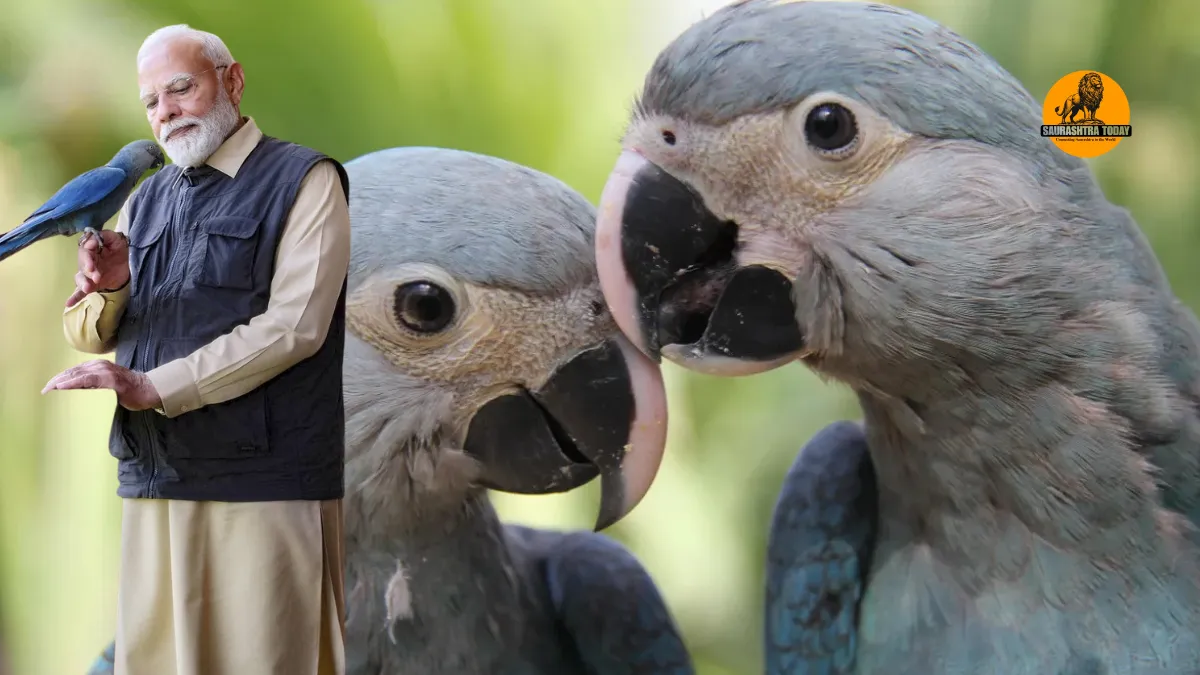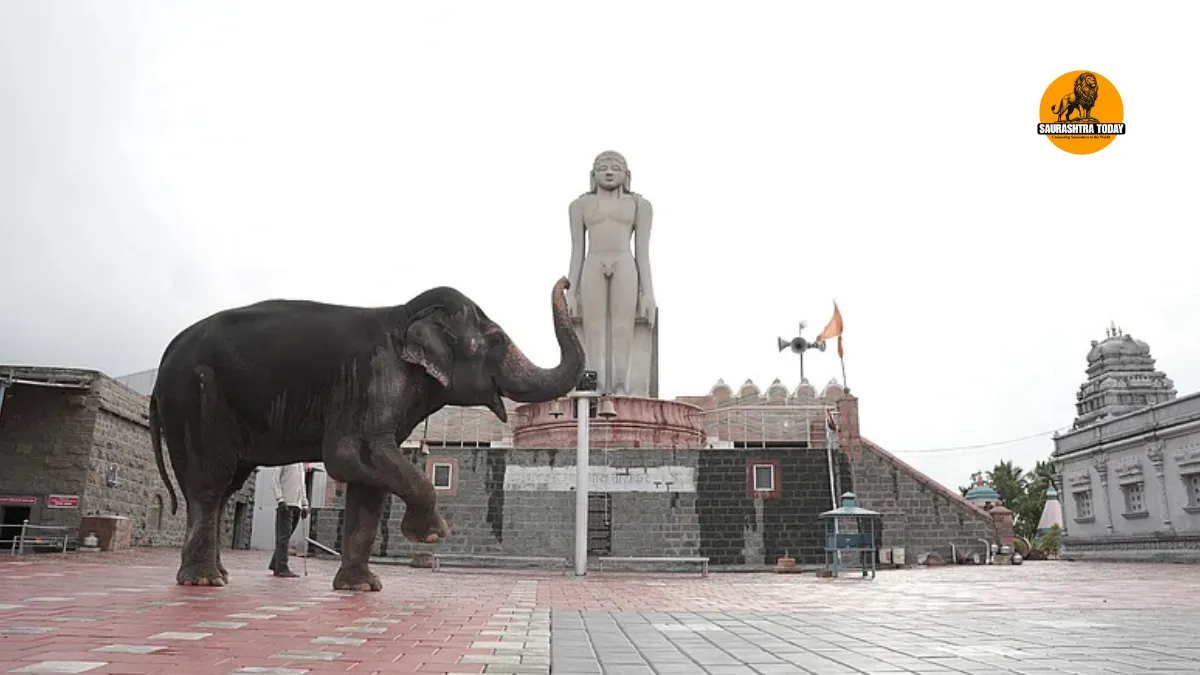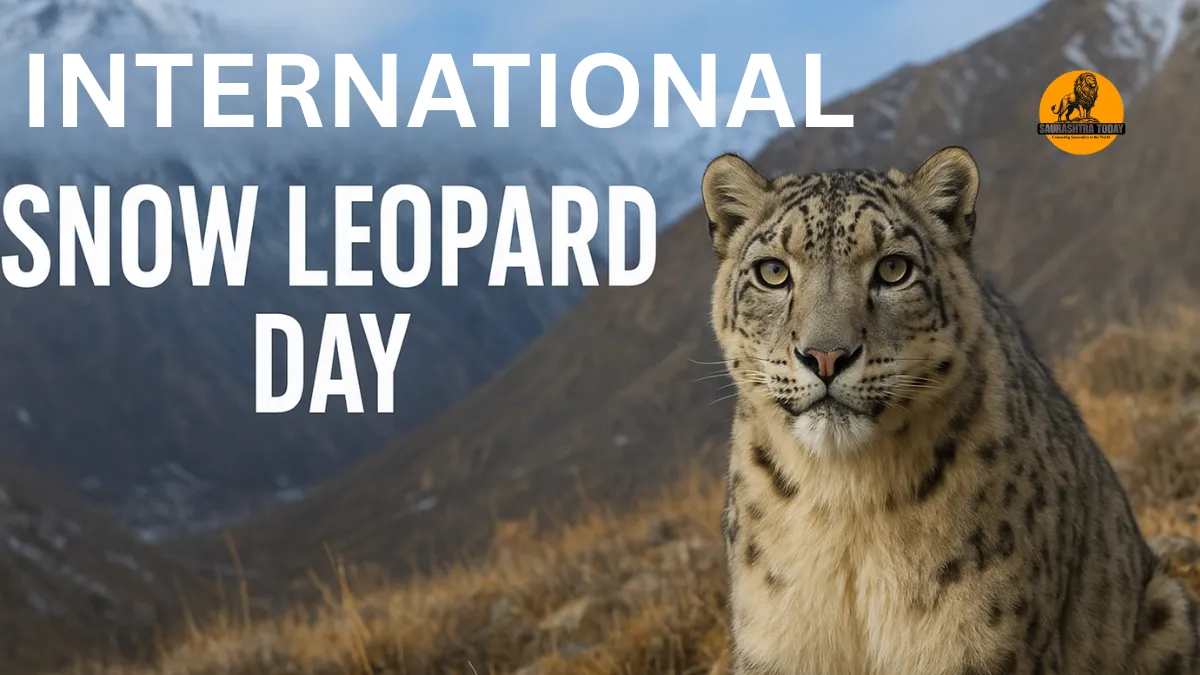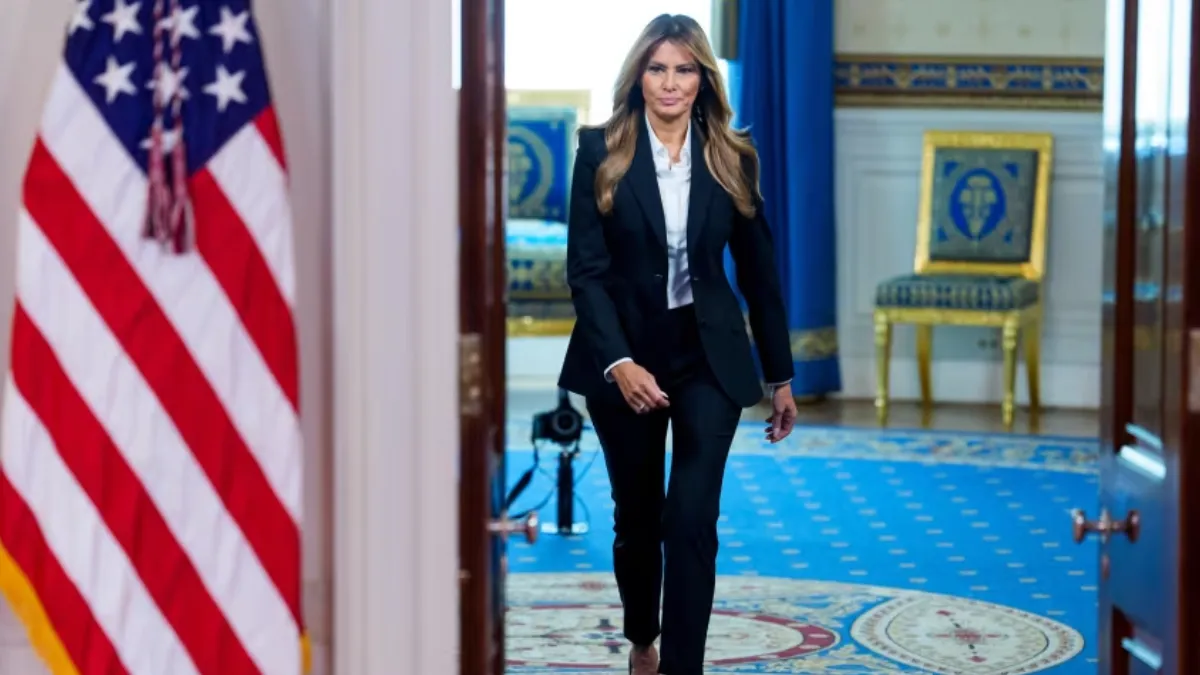Vantara, located in Gujarat, India, has emerged as the world’s largest animal rescue, rehabilitation, and conservation center. Spread over 1,415 hectares, this sanctuary is home to nearly 2,000 species, ranging from elephants, giraffes, and rhinos to exotic reptiles, chimpanzees, and endangered birds. Developed under the philanthropic arm of the Ambani family, Vantara has positioned itself as a global model of animal welfare.
Yet, the center has also been at the center of international debate, particularly around the transfer of the endangered Spix’s macaw—a parrot species that was once declared extinct in the wild. While India’s Supreme Court has cleared Vantara of wrongdoing, Brazil and European agencies have raised concerns, questioning whether such rare birds should have been allowed to travel to India.
This story is not only about a bird or a sanctuary—it reflects the larger challenges of wildlife conservation, international cooperation, and the ethical responsibilities of modern zoos.
The Legacy of the Spix’s Macaw
The Spix’s macaw, also known as the “Little Blue Macaw,” is one of the most iconic endangered birds. Known for its brilliant blue feathers and elaborate courtship rituals, the species was declared extinct in the wild in 2019. Conservationists across Brazil, Germany, and other countries initiated a captive-breeding program, which later reintroduced some macaws back into the wild in Brazil.
In 2023, a batch of 26 Spix’s macaws was flown from Germany to India, making their new home at Vantara. Customs records confirmed their arrival in Ahmedabad, with costs, insurance, and freight amounting to nearly $25,000.
But this transfer raised eyebrows. Brazil’s biodiversity authority stated that it had not given official consent for the parrots’ relocation. According to Brazil, no Indian organization was officially part of the global Spix’s macaw conservation program.
Why Vantara Became the Center of Attention
Since 2022, Vantara has imported a wide range of exotic animals from nearly 40 countries. A Reuters analysis of customs data revealed shipments that looked like a modern-day Noah’s Ark:
- 2,896 snakes
- 1,431 tortoises
- 219 tigers
- 149 cheetahs
- 105 giraffes
- 62 chimpanzees
- 20 rhinoceroses
- Plus hundreds of lizards, reptiles, and rare birds.
The declared shipment value was $9 million, though Vantara clarified that these were not commercial purchases but costs related to transport, freight, and insurance.
A spokesperson emphasized:
“There has never been any commercial transaction paid for any animal transferred to Vantara. These are conservation efforts.”
India’s Supreme Court Investigation
Amid rising concerns, India’s Supreme Court ordered a formal investigation in 2023 to check whether Vantara’s animal acquisitions complied with Indian laws and the Convention on International Trade in Endangered Species of Wild Fauna and Flora (CITES).
After months of examination, the investigators concluded that no illegality had occurred. Export-import permits for the macaws and other species were in proper order.
This legal clearance strengthened India’s argument that Vantara is a recognized conservation breeding center, fully aligned with international standards.
International Reactions
Despite India’s clean chit, not all international bodies were satisfied.
- Brazil: Officials insisted that the Spix’s macaws were transferred without proper consultation. They pointed out that Vantara is not yet part of the official Spix’s Macaw Population Management Program.
- Germany: Initially approved the 2023 transfer of birds “in good faith” but later rejected further applications after Brazil objected.
- European Union: EU environment authorities have pledged to closely scrutinize any future wildlife transfers to India and Vantara.
At upcoming CITES meetings, Brazil, India, and Germany are expected to continue talks on how to jointly manage the future of these endangered parrots.
A Grand Vision: Anant Ambani and the Future of Vantara
Vantara is the brainchild of Anant Ambani, youngest son of billionaire Mukesh Ambani. From its inception in 2020, Vantara has transformed barren land into lush greenery and modern enclosures that resemble natural habitats.
Anant Ambani often speaks about his personal passion for animals and his dream of building a world-class conservation hub. Media tours of Vantara highlight features such as:
- Special kitchens preparing fresh juices, sweets, and even popcorn for elephants.
- Wide open spaces for lions, rhinos, and giraffes.
- Enclosures designed for both comfort and scientific research.
The center also gained global attention when Prime Minister Narendra Modi visited in March 2024, where he was seen feeding cubs and interacting with animals, including the famous Spix’s macaw.
Also read: Vantara: A Global Model for Animal Welfare, A Vision Beyond Boundaries
Balancing Conservation and Controversy
Vantara presents a paradox. On one hand, it has saved, housed, and rehabilitated thousands of animals, making it a model for large-scale conservation. On the other, questions about international transparency and ownership of endangered species have triggered global debate.
Supporters argue that India, with its vast resources and expertise, can play a bigger role in conservation beyond its borders. Critics fear that private sanctuaries—even those run philanthropically—could bypass international agreements, setting complex precedents for wildlife trade.
Also read: Is Vantara a private zoo? Supreme Court Clears Ambani-Backed Wildlife Project of Allegations
The Bigger Picture: Why Vantara Matters
- Scale of Operations – With 2,000+ species under care, Vantara is one of the few centers globally that can manage both exotic and native wildlife at such scale.
- Conservation Breeding – Rare animals like Spix’s macaws, white lions, and rhinos are being bred in controlled conditions to secure their future.
- Tourism & Awareness – Though primarily a conservation hub, Vantara has also become a cultural landmark, drawing attention from global leaders and celebrities.
- Diplomatic Impact – The controversies highlight how animal conservation is no longer a local issue but an international diplomatic subject.
Also read: Gujarat Reports 286 Lion and 456 Leopard Deaths in Two Years Amid Spotlight on Vantara India
Looking Ahead: Will Vantara Join Global Conservation Programs?
The future of Vantara lies in deeper collaboration. If India’s sanctuary formally joins global management programs for endangered species like the Spix’s macaw, much of the current controversy could be resolved.
Negotiations are underway, and CITES has confirmed that Brazil, Germany, and India are working toward a common resolution.
For now, Vantara continues to operate as both a beacon of hope for endangered animals and a lightning rod for international debate.
Also read: Vantara of India: The Largest Wildlife Rescue and Conservation Centre in the World
Conclusion
The story of Vantara and the Spix’s macaw is more than a tale of one bird or one sanctuary. It is about how nations, institutions, and individuals balance conservation with law, ethics, and diplomacy.
While critics raise questions, there is no denying that Vantara has already redefined the scale of animal care. Whether elephants enjoying popcorn, rhinos grazing in safety, or the blue macaw spreading its wings again, the sanctuary represents a powerful vision: that humans and animals can coexist, and that conservation must evolve beyond borders.
Vantara’s journey is still unfolding. If handled with transparency and international cooperation, it could become not only India’s pride but a global benchmark for wildlife protection.

















